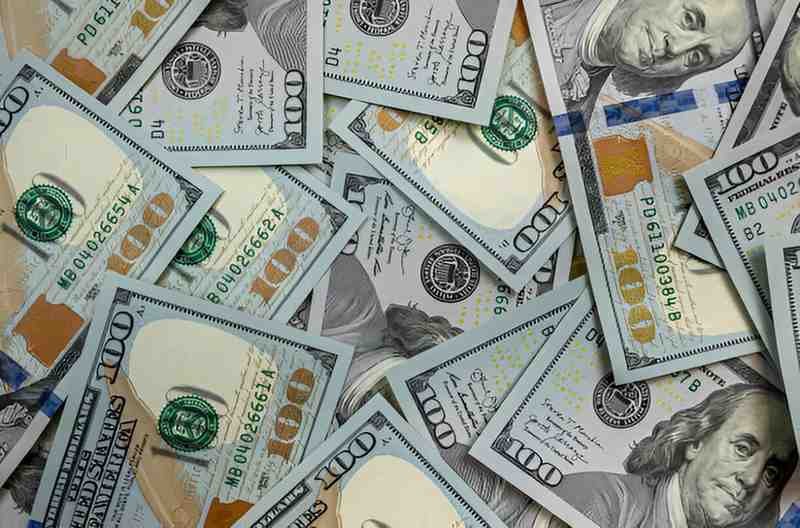Introduction
I often find that people confuse different types of money supply, especially when discussing economic policies or financial stability. One term that frequently comes up is narrow money, a crucial component of a country’s monetary system. In this article, I will break down what narrow money means, why it matters, and how it functions in the U.S. economy. I will also provide real-world examples and calculations to illustrate its role in monetary policy and everyday financial decisions.
Table of Contents
What Is Narrow Money?
Narrow money, denoted as M1 in economic terms, represents the most liquid forms of money in an economy. It includes physical currency—coins and paper money—along with demand deposits like checking accounts and other highly liquid assets. The Federal Reserve tracks M1 as part of its broader monetary aggregates to gauge economic activity.
The Components of Narrow Money
Narrow money consists of:
- Currency in Circulation: Physical cash held by the public (not banks).
- Demand Deposits: Checking accounts and other deposits that allow immediate withdrawal.
- Other Liquid Deposits: Traveler’s checks and negotiable order of withdrawal (NOW) accounts.
The formula for M1 is:
M1 = \text{Currency in Circulation} + \text{Demand Deposits} + \text{Other Liquid Deposits}Comparison with Broad Money
While narrow money focuses on the most liquid assets, broad money (M2 and M3) includes less liquid forms like savings accounts, time deposits, and money market funds. The key difference lies in accessibility—narrow money is immediately spendable, whereas broad money may require conversion.
| Monetary Aggregate | Components |
|---|---|
| M1 (Narrow Money) | Cash, checking accounts, traveler’s checks |
| M2 | M1 + savings accounts, small time deposits |
| M3 | M2 + large time deposits, institutional funds |
Why Narrow Money Matters
1. Indicator of Economic Activity
I see narrow money as a pulse check for consumer spending. When M1 grows, it signals higher liquidity and potential economic expansion. Conversely, a contraction may indicate reduced spending or deflationary pressures.
2. Monetary Policy Tool
The Federal Reserve adjusts interest rates and reserve requirements based on M1 trends. For example, during the 2008 financial crisis, the Fed injected liquidity into M1 to stimulate spending.
3. Inflation and Deflation Control
Excessive growth in M1 can lead to inflation if money supply outpaces production. The equation of exchange, MV = PY, explains this relationship:
- M = Money supply
- V = Velocity of money
- P = Price level
- Y = Real GDP
If M1 rises without a corresponding increase in Y, prices (P) may inflate.
Examples of Narrow Money in Action
Example 1: Calculating M1
Assume:
- Currency in circulation = \$1.2 \text{ trillion}
- Demand deposits = \$3.5 \text{ trillion}
- Traveler’s checks = \$5 \text{ billion}
Then:
M1 = 1.2 \text{ trillion} + 3.5 \text{ trillion} + 0.005 \text{ trillion} = \$4.705 \text{ trillion}Example 2: Impact of Quantitative Easing
During COVID-19, the Fed increased M1 by purchasing securities, boosting liquidity. This led to higher consumer spending but also raised inflation concerns.
Criticisms and Limitations
While M1 is useful, it has flaws:
- Digital Payments: The rise of Venmo and cryptocurrencies blurs traditional M1 definitions.
- Velocity Changes: Even with high M1, if money isn’t circulating (V is low), economic growth may stall.
Conclusion
Narrow money (M1) is a vital economic metric that helps policymakers and analysts assess liquidity and spending trends. By understanding its components and implications, I can better interpret Federal Reserve actions and economic shifts. Whether you’re an investor, student, or just curious about finance, grasping M1 provides deeper insight into how money shapes our economy.





